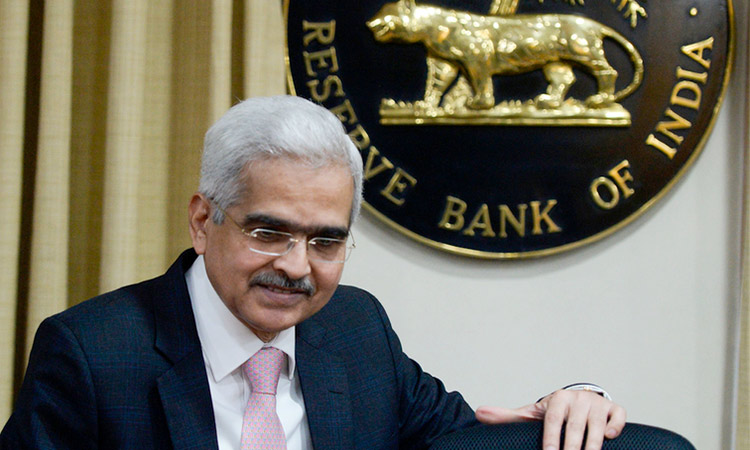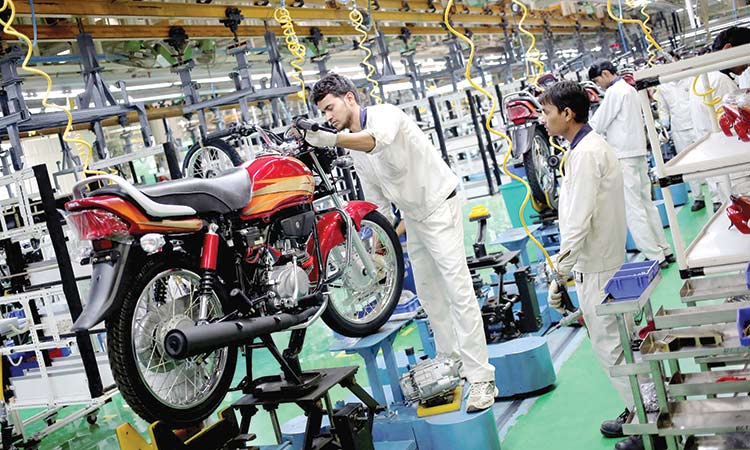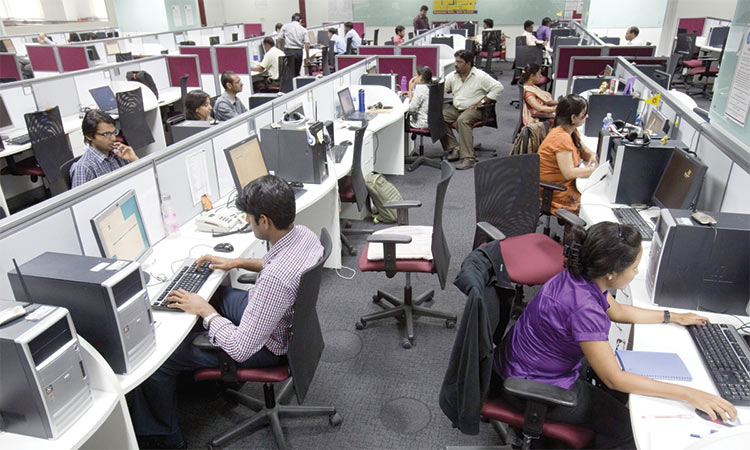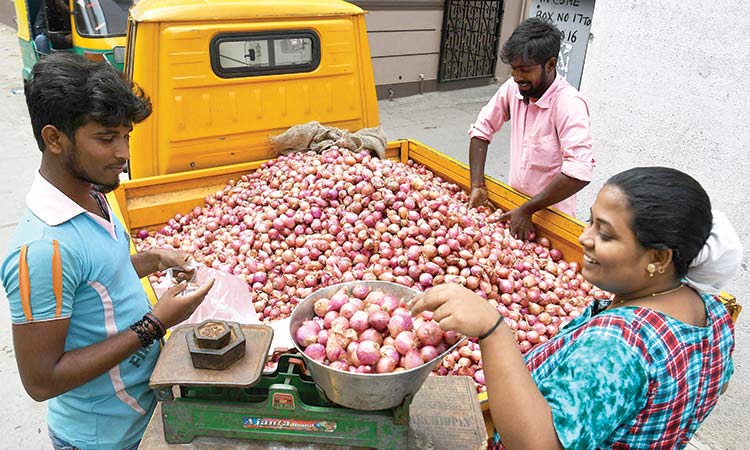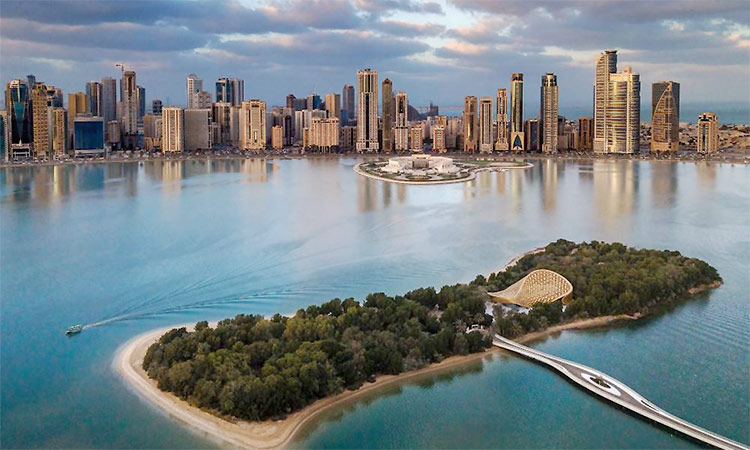Indian growth rate drops to 5.8 per cent in first quarter
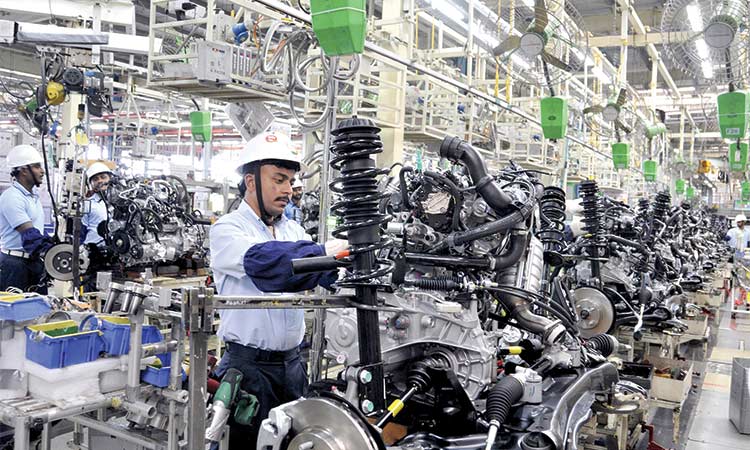
Weaker consumer demand and slower growth in investments were blamed for the slowdown. Reuteres
The slowdown will put pressure on Prime Minister Narendra Modi’s re-elected government and the central bank to provide stimulus through fiscal measures and interest rate cuts.
Nirmala Sitharaman, who assumed charge as the finance minister on Friday, is expected to deliver some tax cuts in her first full-year budget in early July while keeping the budget deficit close to target. The Reserve Bank of India is expected to reduce interest rates at its June meeting.
A Reuters poll of economists had forecast a growth rate of 6.3 per cent for the March quarter, compared with a 6.6% rise in the October-December period in 2018.
Weaker consumer demand and slower growth in investments were blamed for the slowdown. Private investment grew 7.2 per cent in the March quarter, down from 8.4 per cent in the previous quarter, while investment growth slowed to 3.6 per cent from 10.6 per cent, the data showed.
Economists said growth could slow further in the current quarter, the first of the fiscal year, citing weakening global growth as a depressing factor. The slowdown would “lead to pressures” for fiscal stimulus, including tax cuts on fuel products to boost consumption, said N.R. Bhanumurthy, an economist at the National Institute of Public Finance and Policy, a Delhi-based think-tank.
The Statistics Ministry also revised its estimate for growth in the fiscal year ending March 31 to 6.8% from a previously projected 7%.
The government is already considering rolling out a slew of ‘big-bang’ economic reforms in the first 100 days of Modi’s second term, with a focus on privatisation of state assets and relaxation of labour and land rules for businesses, a top official at the government’s main think tank told Reuters.
Several indicators - automobile sales, rail freight, petroleum product consumption, domestic air traffic and imports - indicate a slowdown in domestic consumption.
The farm sector contracted 0.1% in the March quarter compared with 2.7% growth in the previous quarter, while manufacturing grew 3.1%, slower than 6.7% in the previous quarter.
Corporate earnings hit a six-quarter low growth rate of 10.7% during January-March on weakening consumer sentiment and softening commodity prices, ICRA, the Indian arm of the ratings agency Moody’s, said on Tuesday, citing a sample of more than 300 companies.
Meanwhile, India’s unemployment rate hit a 45-year high of 6.1 per cent last year, according to delayed official figures released on Friday.
The announcement added to bad news for Prime Minister Narendra Modi’s government, which took office Friday, as it also announced that economic growth had fallen.
The unemployment figure was for 2017-2018 and should have been released before the election this month which Modi’s Bharatiya Janata Party won by a landslide.
The figures were leaked by a newspaper in January which said it was the worst since 1972-73. The government insisted then that the report was not ready.
Radhika Rao, Economist, DBS Bank, Singapore said, “Slowdown in growth was anticipated, but the actual outcome undershot our sub-consensus estimate. Breakdown affirms that consumption slowdown spilled over into manufacturing activity.” “On the supply end, farm output contracted accompanied by sluggish industrial activity, while services got a lift from public administration (likely due to higher state spending, whilst the centre scaled back to meet deficits). A sharp correction in the core GVA underscores weak private sector interests.” “This increases the likelihood of another sub-6% in 1QFY20, aggravated by adverse base effects. Downside risks have risen to our FY20 GDP estimate of 7%, even as some of the transient weakness corrects itself in 2HFY20.” “For the RBI next week, domestic growth concerns are likely to override global risk sentiments. Policymakers will tap the available window of sub-target inflation to ease rates by 25bps on June 6.”
Devendra Kumar Pant, Chief Economist, India Ratings & Research, New Delhi said, “Q4 growth was lower than the our and market expectation. However, quarterly growth slowdown was a far gone conclusion, every macro indicator was pointing to growth slowdown.” “Statistically, we are likely to have a weak first half and relatively stronger second half. Growth is expected to pick up from the third quarter.” “The government has a very limited fiscal space. However, current economic conditions call for some stimulus. It will be difficult for the government to adhere to fiscal consolidation path and give stimulus. Any consumption stimulus should not be given, it should be investment stimulus.”
Agencies
